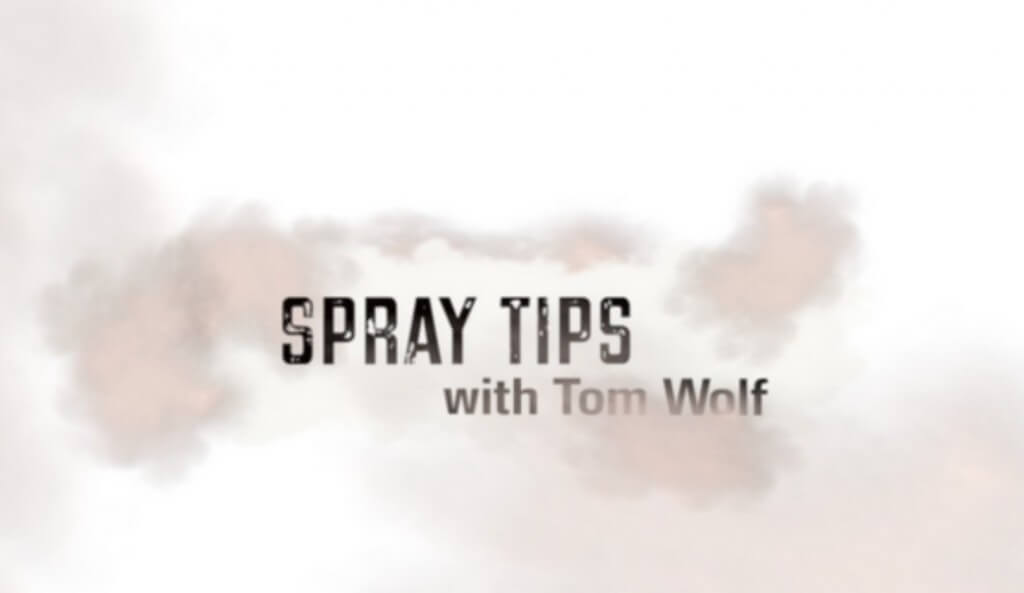
This is the second of a series of short, educational and irreverent videos made with Real Agriculture to bring a little levity to sprayer education. Let’s face it – ironically, nozzles can be pretty dry. Here we enjoy an early morning soy bean scout and a light breakfast of toast as we demonstrate how pressure, droplet size and […]
Read More… from Exploding Sprayer Myths (ep.2): Canopy Penetration
